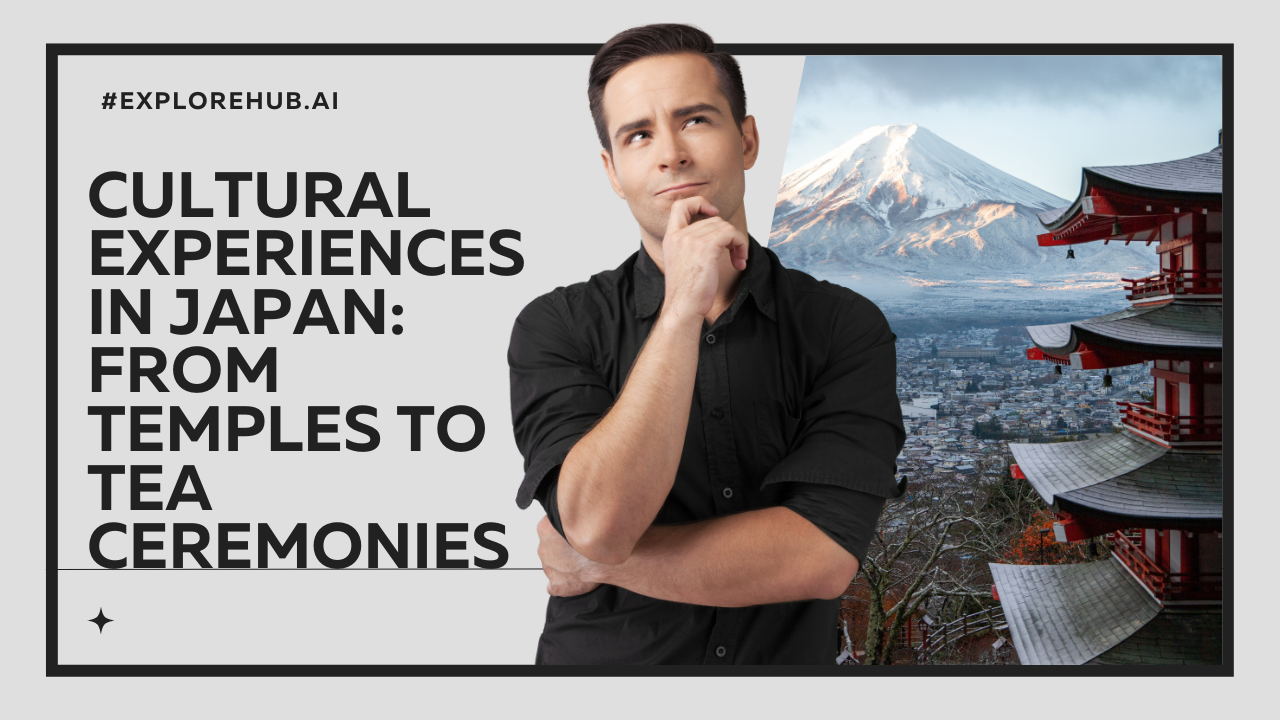Japan is a country where tradition and modernity coexist beautifully. From ancient temples to delicate tea ceremonies, the cultural experiences in Japan are unparalleled. Whether you’re a history buff, an art enthusiast, or simply curious, there’s something for everyone to explore. Ready to dive into this cultural haven? Let’s go!
Table of Contents
Temples and Shrines
The Significance of Temples in Japanese Culture

Temples are more than just architectural wonders; they’re spiritual sanctuaries that offer a glimpse into Japan’s rich history. Rooted in Buddhism, temples often serve as places for prayer, meditation, and festivals.
Iconic Temples to Visit
Kinkaku-ji (Golden Pavilion)
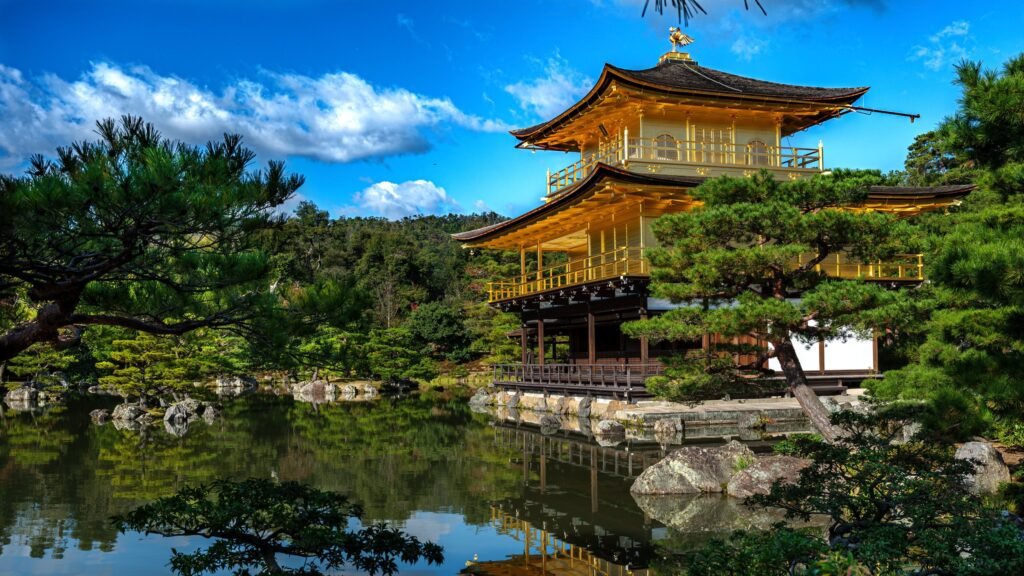
Nestled in Kyoto, this shimmering temple reflects beautifully on the surrounding pond, offering a serene experience.
Senso-ji
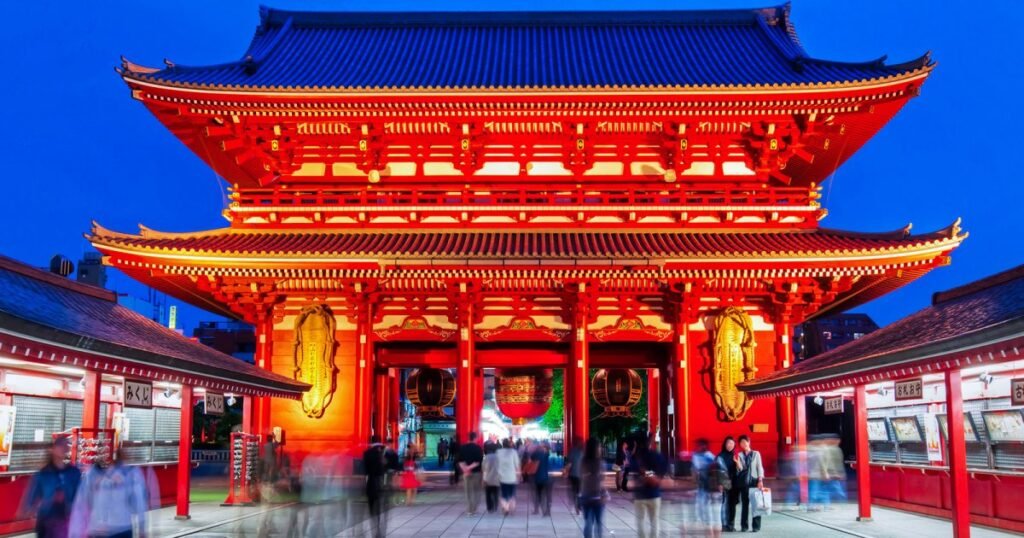
Located in Tokyo’s Asakusa district, this is the oldest temple in the city, bustling with worshippers and tourists alike.
The Role of Shrines in Daily Life
Shrines, central to Shintoism, are where people go to pray for good fortune, health, and success. Each shrine often has its unique charm and purpose, such as the Fushimi Inari Shrine, known for its thousands of vermilion torii gates.
Tea Ceremonies
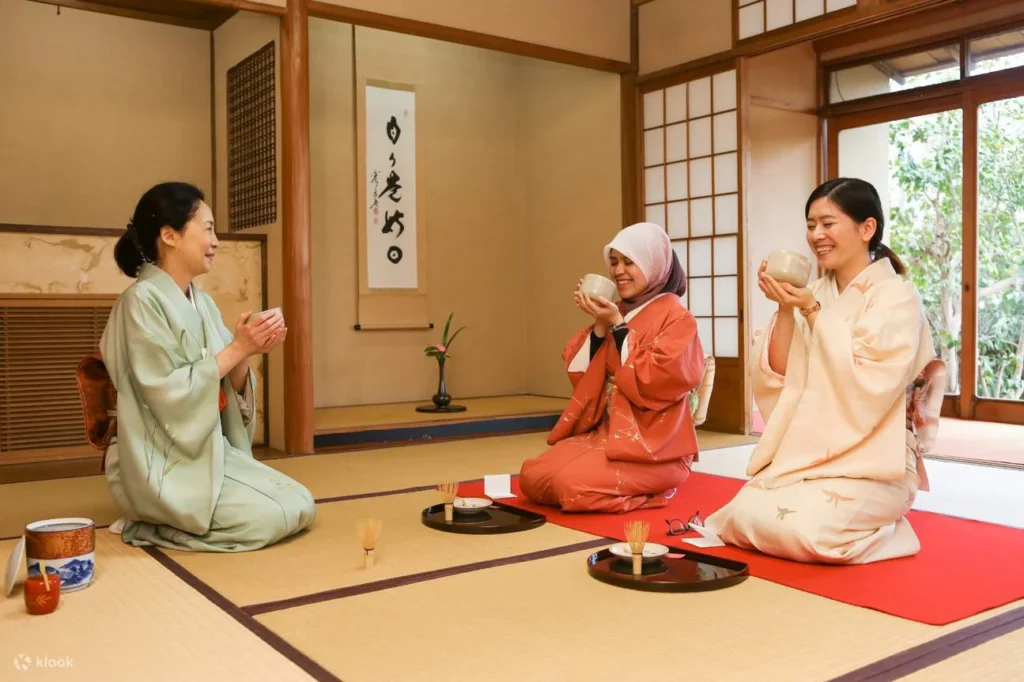
The History of Tea Ceremonies
The tea ceremony, or “chanoyu,” originated in the 9th century and was deeply influenced by Zen Buddhism. It’s not just about drinking tea but appreciating the process and philosophy behind it.
The Philosophy Behind the Ceremony
The ritual exemplifies four fundamental values: peace, harmony, purity, and respect. The intentionality of each movement represents mindfulness.
Experiencing a Tea Ceremony as a Tourist
Visitors can partake in tea ceremonies in places like Kyoto or Tokyo. Expect a serene setting, traditional attire, and an in-depth explanation of each step.
Traditional Arts
Calligraphy

Shodo, or Japanese calligraphy, transforms writing into an art form. The focus is not just on words but on the balance and rhythm of each stroke.
Ikebana (Flower Arrangement)
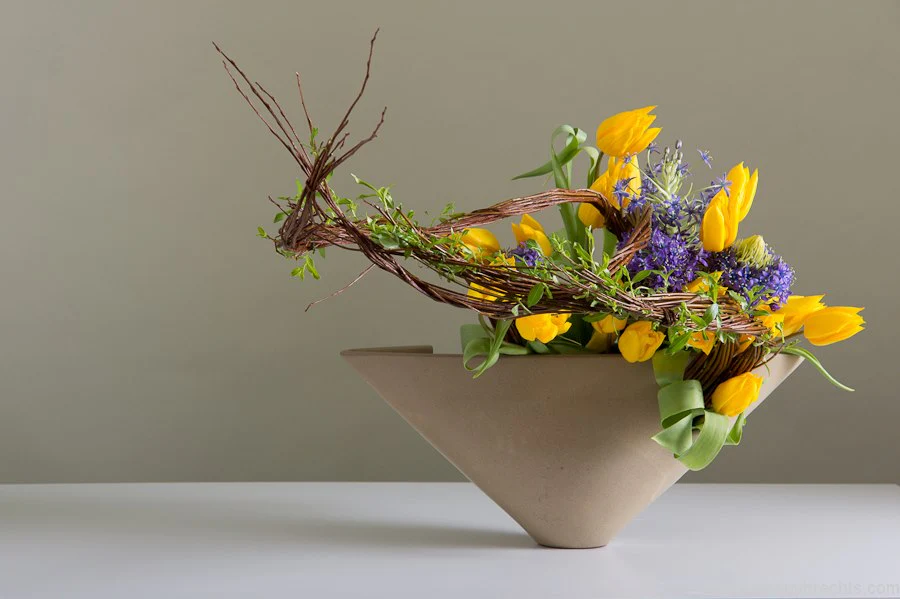
This art form is all about creating harmony with nature. It’s minimalistic yet profound, reflecting the seasons and emotions.
Noh and Kabuki Theater
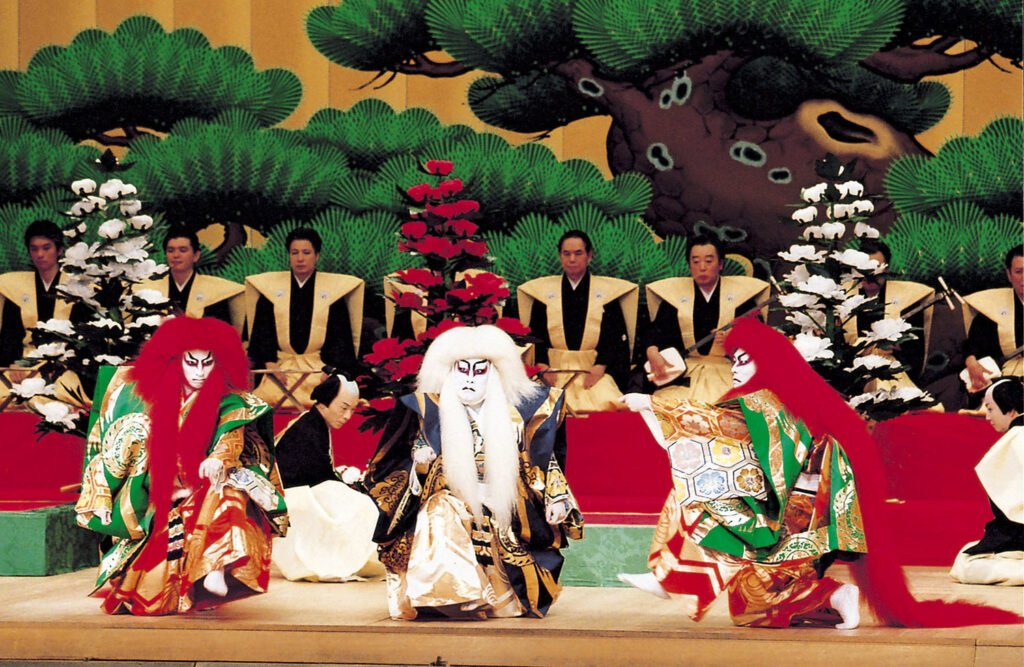
The senses are delighted by these traditional acts. Kabuki is lively and theatrical, but Noh is more subdued and poetic.
Festivals
Matsuri: A Celebration of Life and Community
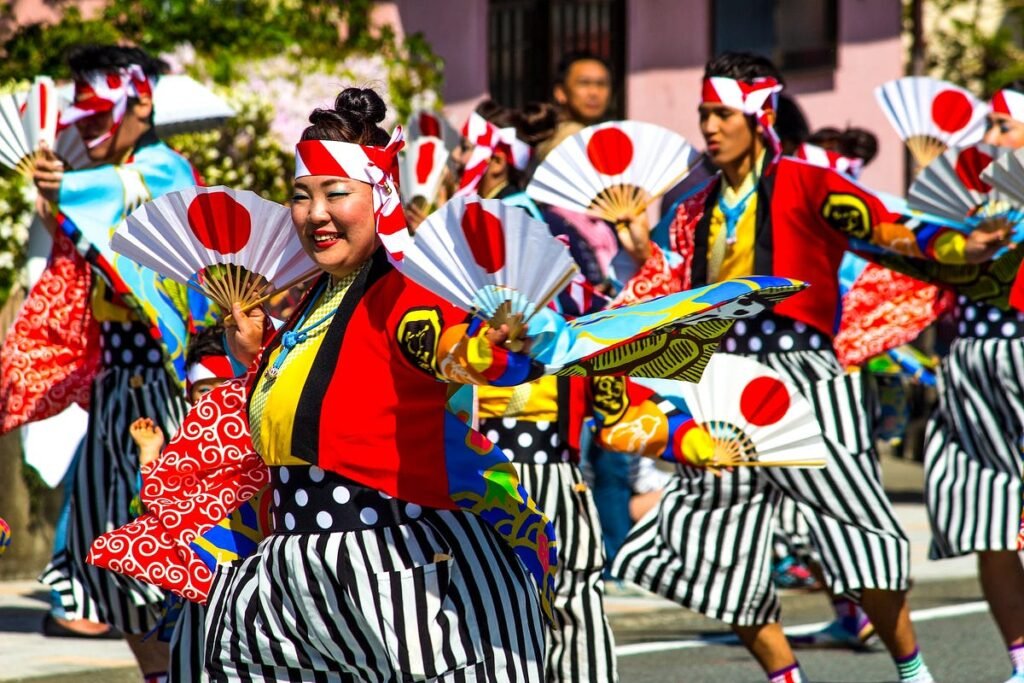
Japanese festivals, or matsuri, are vibrant events featuring parades, traditional dances, and food stalls.
Famous Festivals to Attend
Gion Matsuri
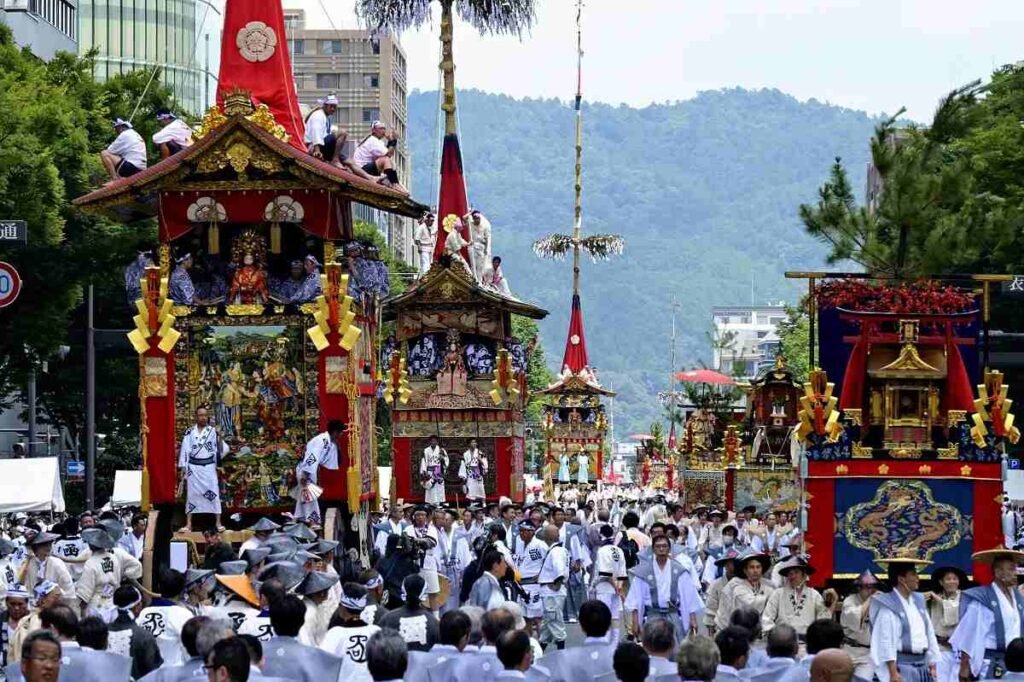
Held in Kyoto every July, this festival features grand floats and centuries-old traditions.
Nebuta Matsuri
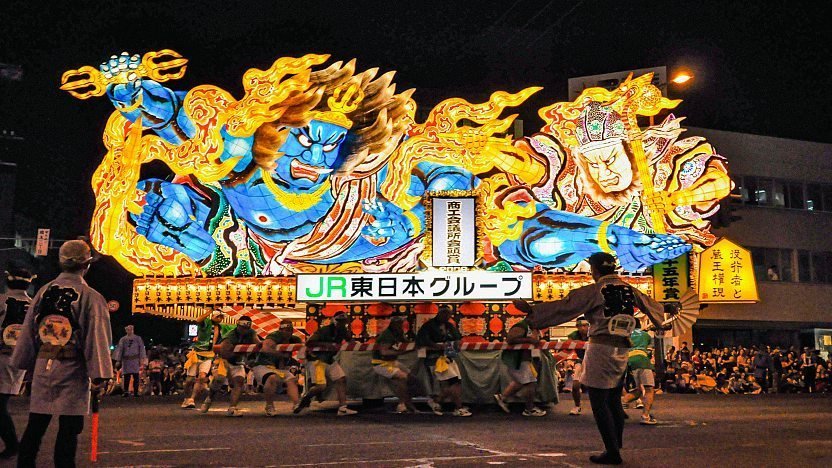
Aomori’s summer festival showcases illuminated floats and lively performances.
Cuisine and Dining Etiquette
Traditional Japanese Dishes
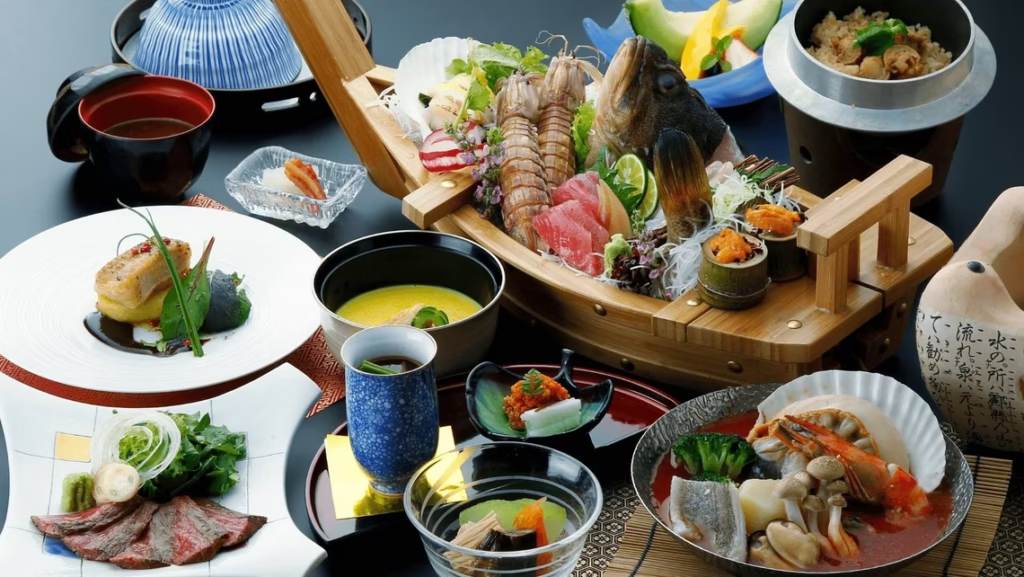
Japanese cuisine is a world of flavors. Don’t miss sushi, ramen, and kaiseki (multi-course meals).
The Importance of Presentation
Food presentation in Japan is an art form, emphasizing balance, color, and beauty.
Dining Etiquette
From using chopsticks correctly to saying “itadakimasu” before eating, dining etiquette is key to experiencing Japan like a local.
Zen Gardens
The Art of Japanese Gardens
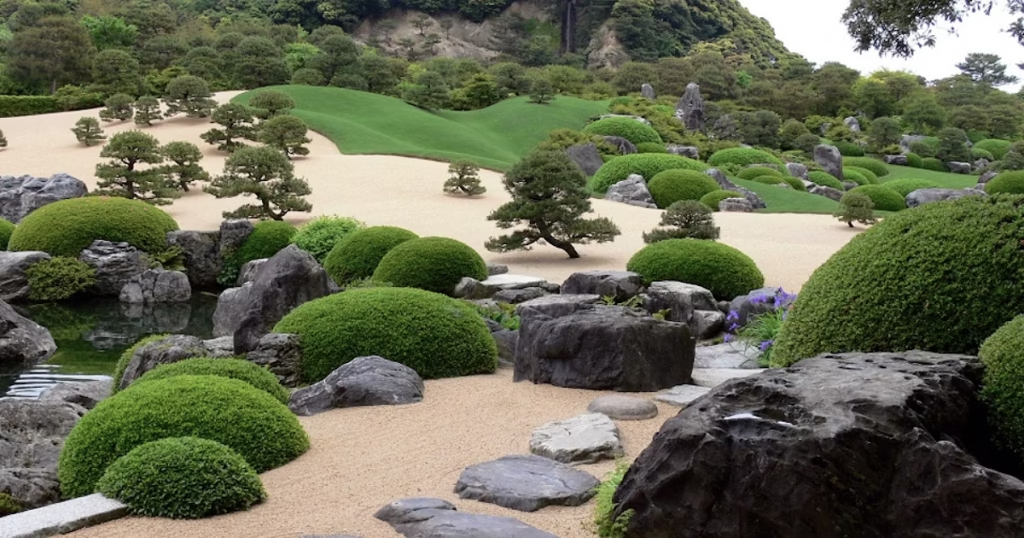
Zen gardens are a testament to Japanese aesthetics, blending simplicity with profound meaning.
Famous Zen Gardens to Visit
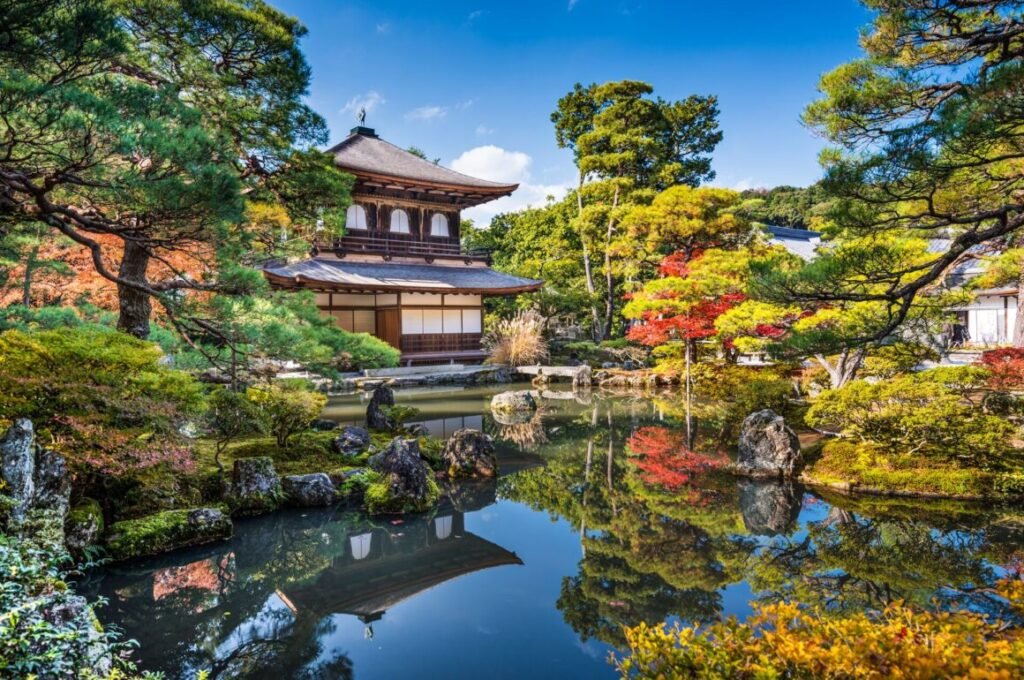
Ryoan-ji and Ginkaku-ji in Kyoto are must-see spots for their breathtaking designs.
Kimono and Traditional Dress
The Evolution of the Kimono
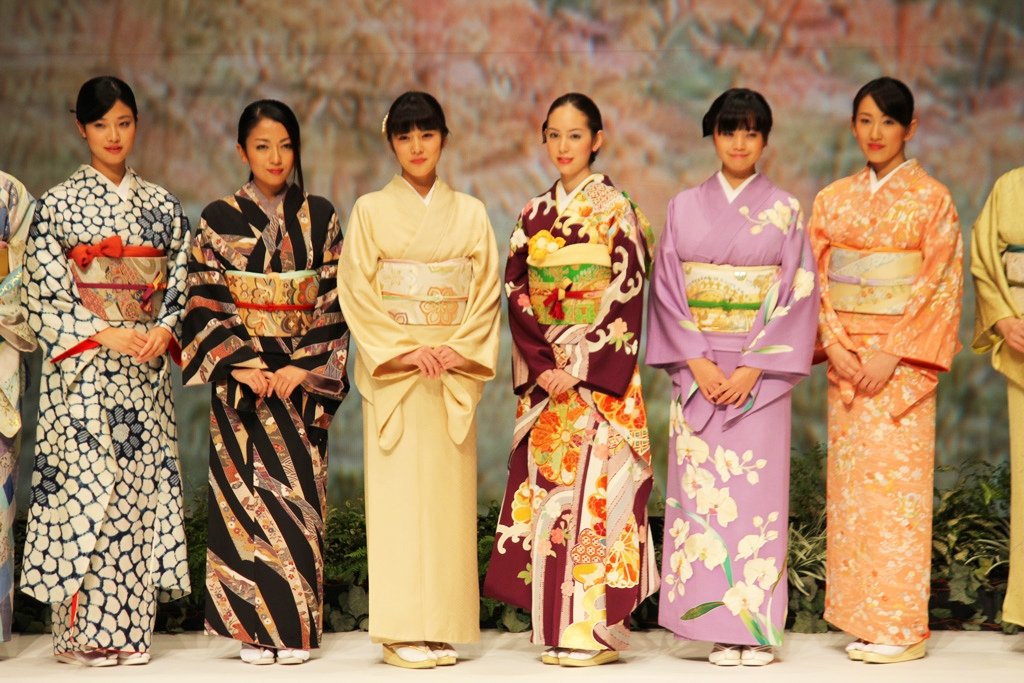
The kimono, once everyday wear, is now a symbol of Japan’s cultural identity. It’s often worn during festivals and ceremonies.
Wearing a Kimono
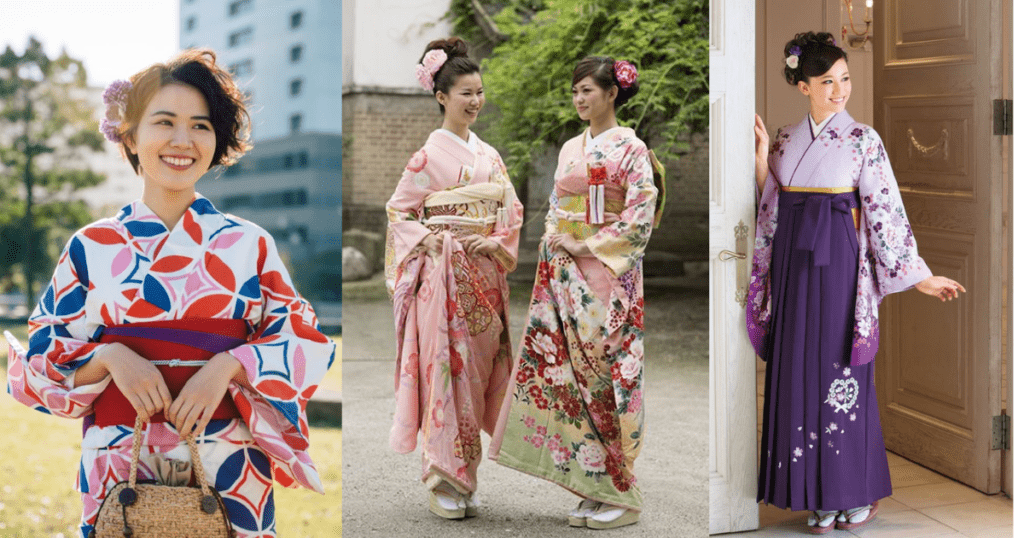
Tourists can rent kimonos to experience the elegance and grace of this traditional attire.
Also visit:
Plan Your Adventure: Top Hiking Trails in Colorado for Weekend Getaways
The Most Scenic Top Hiking Trails in Colorado for Stunning Views
Explore Beyond Rome and Venice: Hidden Gems in Italy
Hidden Gems in Italy: Your Guide to Offbeat Adventure
Hidden Germs in Italy: Unique and Undiscovered Places
The Best Beaches in Florida for Nature Lovers
Conclusion
Every interest can be satisfied by the wealth of cultural experiences that Japan has to offer. The nation welcomes you to discover its rich history, which includes quiet temples and vibrant festivals. Why wait, then? To fully experience Japan’s cultural beauty, begin organising your trip.

